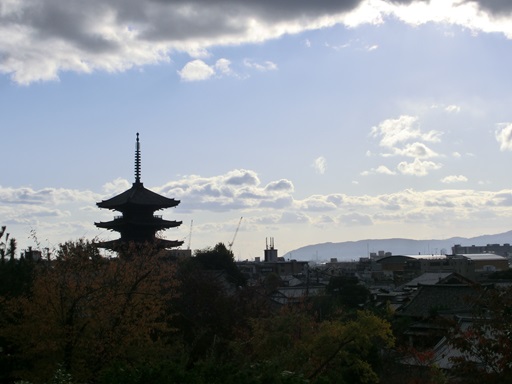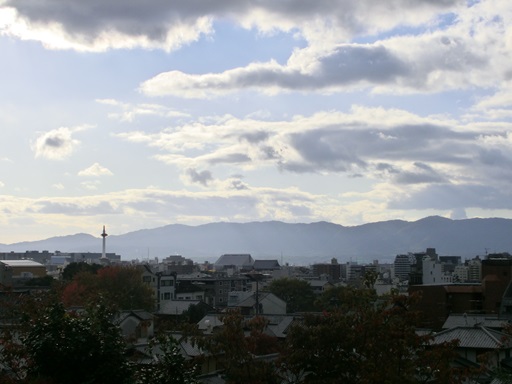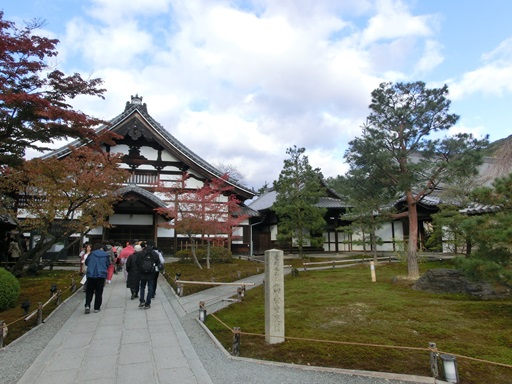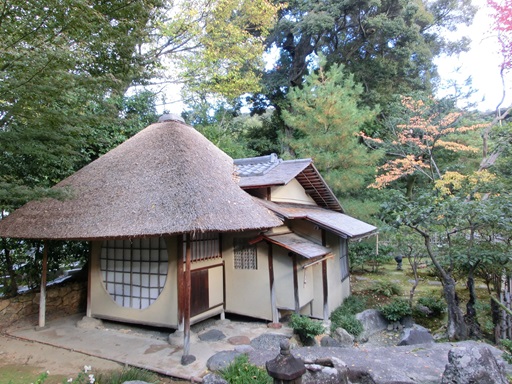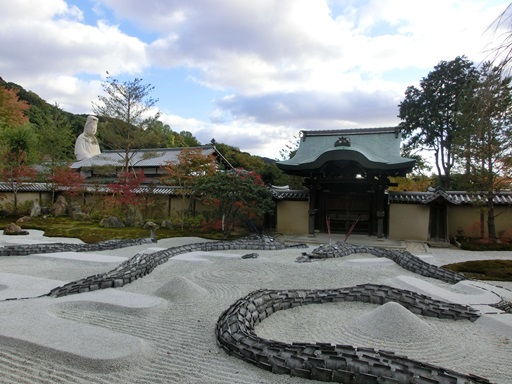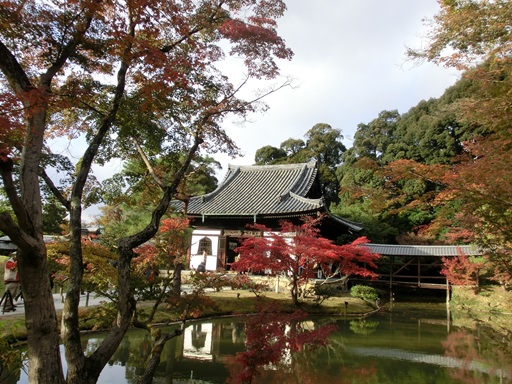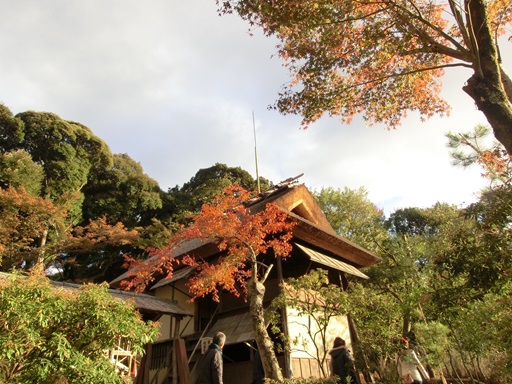|
Kodaiji Temple in Kyoto

Kodaiji Temple was founded in 1605 by KINOSHITA Nene (or One), "Kitano-Mandokoro" (1549? - 1624), who was the legal wife of TOYOTOMI Hideyoshi(1537 - 1598) in order to pray for the repose of TOYOTOMI Hideyoshi's soul. "Kodaiji" was the posthumous Buddhist name of "Kitano-Mandokoro", granted by Emperor Goyozei.From Maruyama Park , a narrow street continues to the south. The street is named "Nene-no-michi", which means the "Nene's street". Along the street, you will see a couple of branch temples of Kodaiji Temple. 
The below picture shows Entokuin Temple. Nene lived at this place for the last nineteen years of her life. The Hojo Hall and the garden of Entokuin Temple were remnants of Fushimi Castle. 
Then, you will see Gesshinin Temple. Gesshinin Temple was founded in 1616. At the end of the the Edo Age (1603 - 1868) , the party of ITO Kashitaro(1835 - 1867) stayed at the temple. The party of ITO Kashitaro was a group of "Shinsengumi", which worked for "Kyoto Shugoshoku", Kyoto Military Governor of Edo Bakufu, the central government of Japan in the Edo Age. At the end of the Edo Age, the anti-Shogunate faction came to the fore. Edo Bakufu formed "Shinsengumi" and cracked down on the anti-Shogunate faction.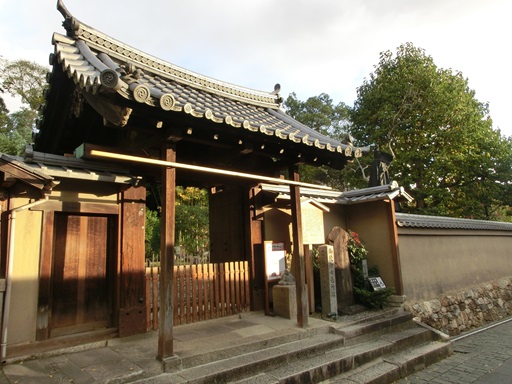
Finally, you will arrive at the entrance of Kodaiji Temple. The slop continues to the main temple area located on the small hill. 
|
